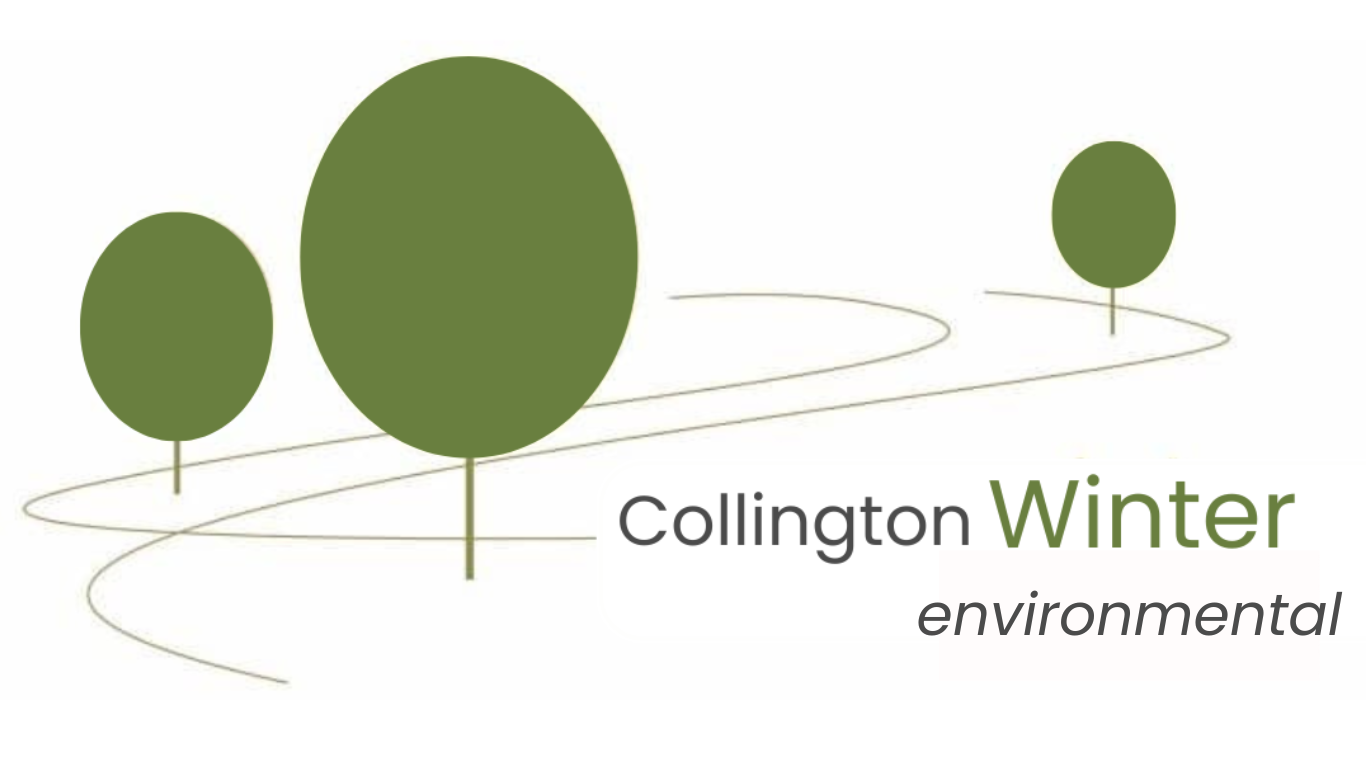Contact us today for a free quote.
Bat Mitigation, Avoidance and Compensation
Why is Bat Mitigation Required?
Bat mitigation may be required for planning and licence applications. In the UK, bats are a protected species; therefore if there is a belief that bats may be present on a site, a bat survey should be undertaken. If bats are found to be present on, or within the vicinity of a development site following a survey, bat mitigation strategies will be required.
It is against the law to intentionally injure, capture, or kill a bat. It is also illegal to disturb or destroy their habitat, shelter, or breeding place. It is for this reason that a qualified, experienced Ecological Consultant should be instructed to implement and carry out bat mitigation strategies.
If bats are found to be present on a site after work has commenced, work should be stopped immediately, and a qualified Ecologist contacted for advice. A Natural England licence will be required for work to continue.

Common Types of Bat Populations
In the UK, common species of bats include Common Pipistrelle, Soprano Pipistrelle, Brown Long-Eared Bat, Lesser Horseshoe Bat and Greater Horseshoe Bats. Bat roosts are usually found in dark areas such as old buildings, caves, woodlands, or within a roof void. Each species is protected, and mitigation plans should be put in place for all bats roosting or hibernating on a development site.
Bat Impact Assessment
An impact assessment should be undertaken to demonstrate how the development planned would affect bats on the site if no mitigation were carried out. This will also be required as part of a licence or planning application.
Development types will affect bat populations differently. Some impacts of development may only be short-term, whereas other developments impacts may be longer lasting. The scale of these impacts can also vary depending on the types of roosts affected. The effect of development on a maternity roost, for example, will be a lot higher than the impact of development on day roosts, or feeding roosts.
Bat Mitigation – Avoidance
Avoidance as a mitigation strategy involves the avoidance of deliberate disturbance, injury, or killing of bats on the site by changing or redesigning the procedure of work. This can be done by changing the method, location, or timing of the planned work to avoid adverse effects on the bat population.
Bat Mitigation and Compensation Methods
If avoidance methods are not suitable for the work being carried out, mitigation and compensation methods should be considered to reduce the impacts of development.
Bat Boxes – Suitable roost provision for any displaced bats, such as a bat box, should be put in place before the commencement of any work. The timing of works and species of bats should be taken into consideration when using this method.
Roost Creation, Enhancement, or Restoration- Mitigation methods can be put in place which create, enhance, or restore bat roosts to reduce the impacts on development. This can be achieved through:
- The incorporation of existing roosts into refurbished buildings.
- The Creation of new roosts in a building
- Roost entrances for horseshoe bats to fly through
- Bat houses or barns
Bat Population Monitoring
A monitoring plan should be put in place after mitigation to assess the bat population throughout the development.
How Can Collington Winter Assist?
Collington Winter Environmental are a team of Ecologists with extensive experience in undertaking bat mitigation strategies on all types of development projects (we also provide mitigation strategies for other protected species, such as badgers). Our Ecology Director, Olivia Collington, holds a Natural England Bat licence and has worked with protected species across the UK, undertaking field surveys and writing scientific and accessible reports for submission at planning.
Please get in touch with our Ecology Director Olivia Collington (Olivia.collington@collingtonwinter.co.uk) for more information on bat surveys and mitigation.
We also provide Ecological Appraisal and Assessment and Landscape Architectural Services.
Contact Us
Registered Address
23 Bark Street East, 1st Floor, Bolton, BL1 2BQ
Cambridge Office
Future Business Centre, Cambridge Campus, Kings Hedges Road, Cambridge, CB4 2HY
Leicester Office
Rutland House, 23-25 Friar Lane, Leicester, LE1 5QQ
Bristol Office
Newminster House, 27-29 Baldwin Street, Bristol, BS1 1LT
Telephone
Head Office: 01204 939 608
Dumfries Office: 01387 378208
